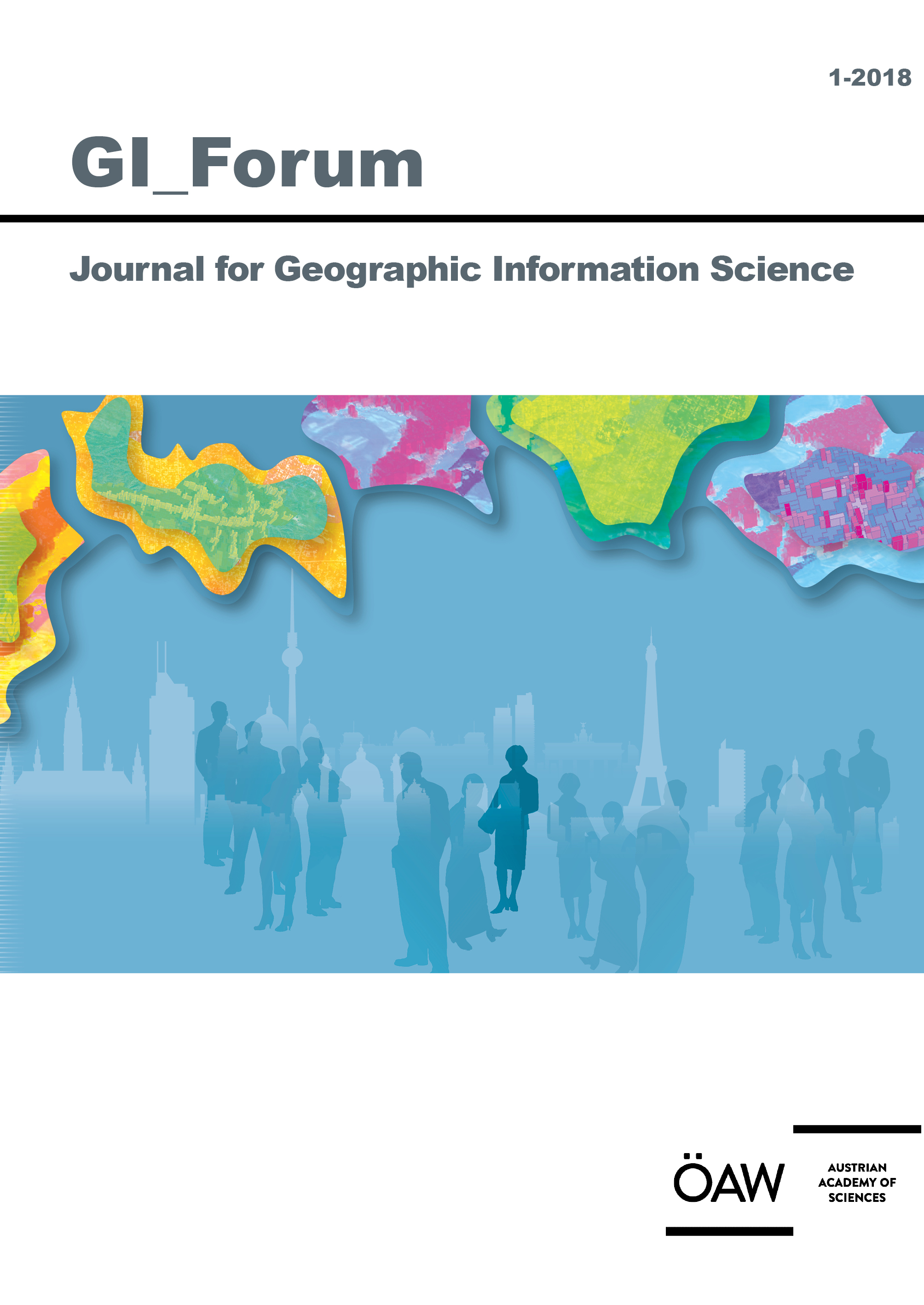
GI_Forum 2018, Volume 6, Issue 1, pp. 34-46, 2018/06/22
Journal for Geographic Information Science

Spatial video technology allows the acquisition of video data that includes information about the geographical location of each recorded frame. Such data are captured mostly for entertainment or as part of various sports activities. However, due to the potential of spatial video data to be used for location-based purposes, such as disaster and health management, spatial video technology has been receiving more attention from the scientific community. This paper discusses the capabilities of spatial video technology to serve as a data acquisition tool in an urban environment, using the example of roadside advertising analysis in the city of Villach, Austria. The study shows that the application of spatial video technology helps to reduce the data acquisition time and uncovers further advantages, but also some limitations of this method. The data acquired are used to reveal patterns of spatial distribution of roadside advertisements. These can be used to analyse the effects of advertising in the urban environment, such as distracting road users.
Keywords: spatial video technology, roadside advertising, distractions in urban traffic